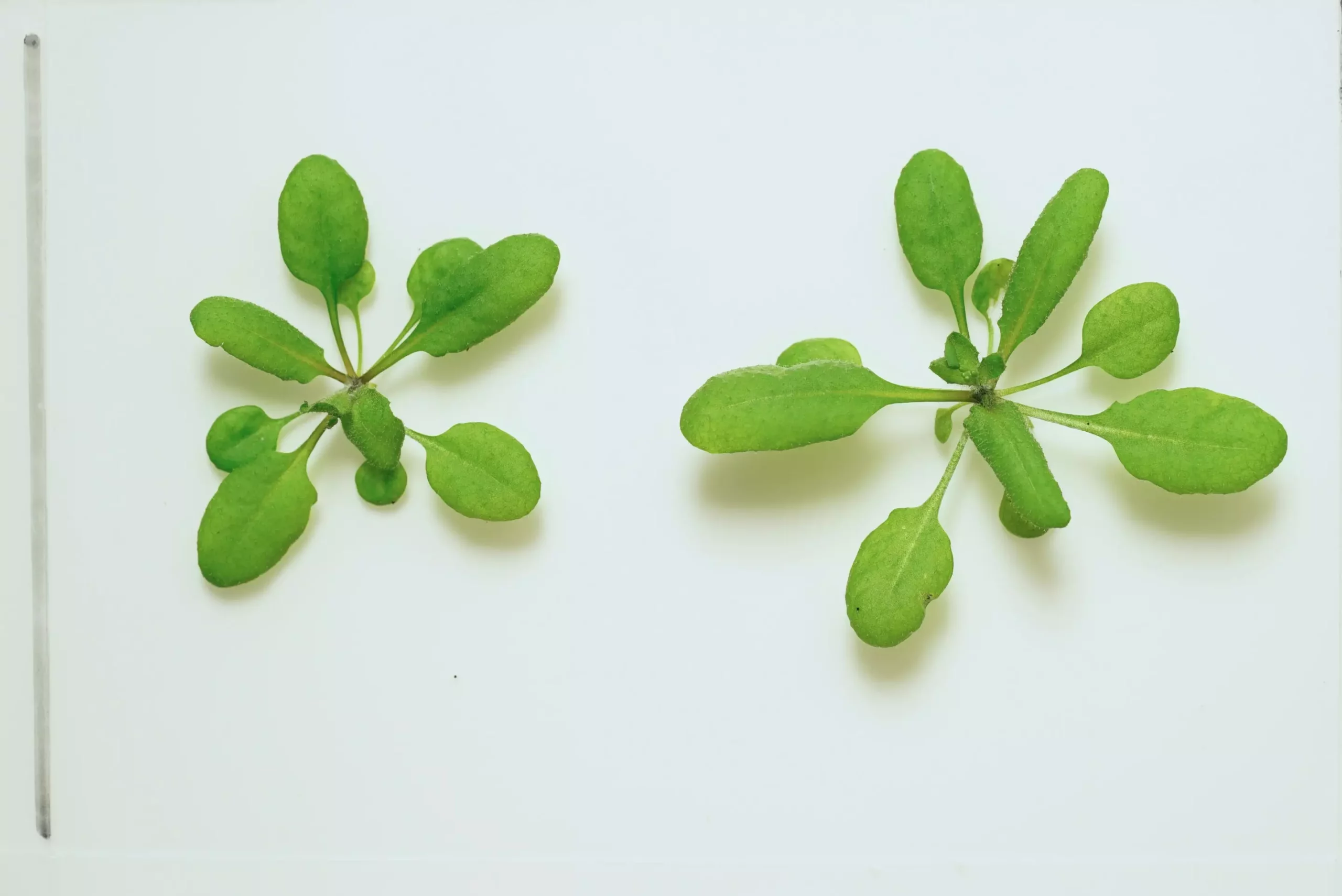Plants play a crucial role in maintaining the ecological balance of our planet. However, what if they could do more than just provide oxygen and beautify our surroundings? What if plants could actually warn us about the presence of harmful substances in our environment? This seemingly futuristic vision is now closer to reality, as scientists at UC Riverside have successfully engineered plants to act as biosensors, specifically turning beet red in the presence of a banned and toxic pesticide. This groundbreaking achievement not only holds immense potential for environmental monitoring but also demonstrates the remarkable progress we have made in the field of plant engineering.
The Engineering Puzzle
One of the biggest challenges the UC Riverside researchers faced was ensuring that the engineered plants could sense and react to the presence of chemicals without compromising their ability to function normally in all other aspects. The key breakthrough lies in the fact that the team created an environmental sensor without modifying the plant’s native metabolism. Previously, biosensor components would have interfered with the plant’s natural growth patterns and response mechanisms. However, with this new achievement, the plants can continue to grow towards light and regulate water usage even when exposed to the toxic pesticide, thanks to the integration of the native plant signaling pathways.
The engineering process begins with a protein called abscisic acid (ABA), which aids plants in adapting to environmental stressors. In times of drought, plants produce ABA, which then prompts the plant to close its pores and reduce water loss to prevent wilting. The research team demonstrated that ABA receptor proteins could be trained to bind to chemicals other than ABA. By introducing the receptors to a banned pesticide called azinphos-ethyl, the plants were able to undergo a visual transformation, turning beet red in the presence of the toxic compound.
Expanding the Scope
While the success of this experiment is remarkable, the researchers are not stopping there. The team also demonstrated the ability to convert another living organism, yeast, into a sensor capable of responding to multiple chemicals simultaneously. However, replicating this capability in plants is not yet possible. The long-term goal is to design plants that can sense and respond to a whole range of banned pesticides and potentially even other substances like pharmaceuticals that may contaminate water supplies. The vision is to create a one-stop solution for environmental monitoring and protection.
It is important to note that these engineered plants are not being grown commercially at present. Regulatory approvals and extensive testing are required before their implementation in real-world settings. The technology is still in its infancy, and numerous challenges must be addressed before it can be used effectively. However, the discovery opens up a realm of possibilities for environmental monitoring. The ability to visualize the presence of harmful chemicals in plants represents a significant step forward in developing comprehensive sensing capabilities. This breakthrough holds promise for applications involving environmental health, defense, and public safety.
The concept of using plants as biosensors is no longer confined to science fiction. The success achieved by UC Riverside researchers in engineering plants to turn beet red in the presence of banned pesticides heralds a new era of environmental sensing. These plants have the potential to revolutionize the way we detect and monitor harmful substances in our environment. Although there are significant challenges to overcome before widespread implementation, the possibilities are staggering. By harnessing the power of nature, we can pave the way for a greener and safer future.


Leave a Reply